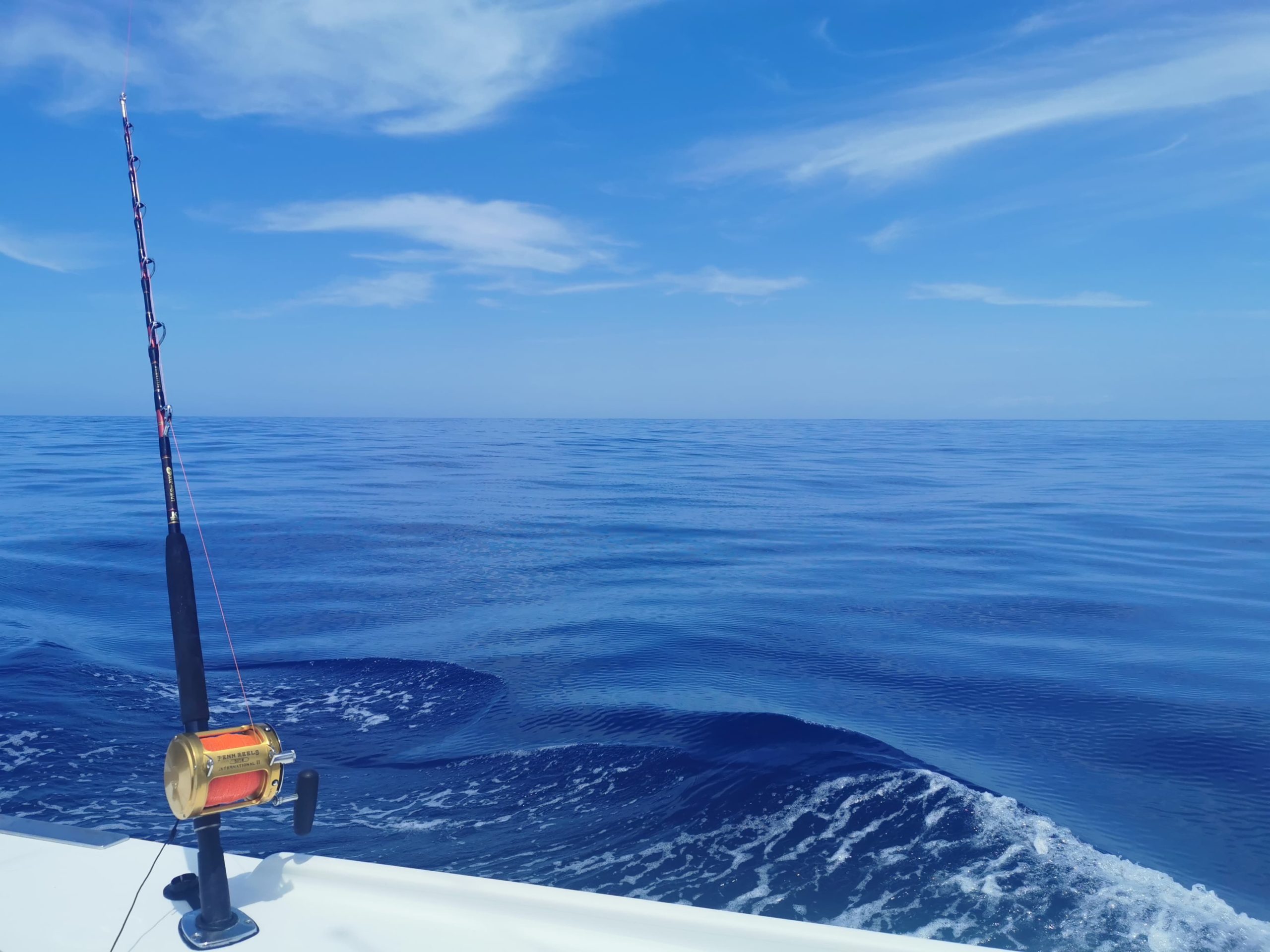Fisheries Management FAQs
All FAQs |
Customary Fisheries | Fisheries Management | maximum sustainable yield | QMS | Economics | Fishing | Rescue Fish | Environment | Fishing methods | Recreational Fishing | Fishcare | customary | Kahawai | Reform scam | Baitfish
August 23, 2018
Prior to modern fishing fisheries were assumed to be at around 100% of virgin stock size. Industrial fishing reduced many inshore fish stocks to very low levels. A stock size of 40% of the unfished size (B40) is the contemporary estimate of the stock size that will produce the maximum sustainable yield (MSY). B40 is ... Read more.
August 23, 2014
The Crayfish 3 policy is a document developed by the Gisborne Tatapouri Sports Fishing Club and the New Zealand Sport Fishing Council in 2014. It is aimed at increasing the size and abundance of crayfish in the eastern region. The policy applies on the North Island’s southeast coast, from the area south of East Cape ... Read more.
May 22, 2020
The environment: Banning inshore trawling and dredging and transitioning to more eco-friendly fishing methods will result in a cleaner marine environment. There will be more fish in the water, fish will be healthier, and fish will be easier and cheaper to catch. Food security: The bulk of fish exports earns less than $3kg, while retailing ... Read more.
May 22, 2020
It is convenient for the Government to believe that the Quota Management System is the best way of managing fisheries. Also, because the quota owners have formed a powerful lobby that stridently protects its monopoly market position. This lobby has its own scientists and experts who maintain that the QMS cannot be dismantled because the ... Read more.
May 22, 2020
The Total Allowable Commercial Catch (TACC) is the maximum weight of a species of fish that can be taken by commercial fishers from a specified management area, in any one year. The TACC is specified in tonnes or kilos and is decided by the Minister of Fisheries every year. The TACC is shared amongst quota ... Read more.
May 22, 2020
The international standard for fish stock management is supporting it at a level equivalent to a minimum of 50% of the unfished biomass. Biomass is the combined weight and number of fish in a stock. Unfished biomass is the stock’s estimated natural size. Achieving the standard of 50% of unfished biomass requires managing a stock ... Read more.
May 22, 2020
Commercial fishers land around 400,000 tonnes of fish per annum. In the fishing year from October 1st 2017 to 31st September 2018 commercial fishers landed just over 405,000 tonnes of fish.
May 22, 2020
The total amount of fish harvested by Māori customary fishers is unknown. The Minister of Fisheries has a legal obligation to make provision for Māori customary catch and traditional practices. The total amount of fish set aside to enable Māori fishers to fulfil their customary needs is around 4000 tonnes per annum, nationwide.
May 22, 2020
Recreational fishers harvest around 10,000 tonnes of finfish and shellfish nationwide every year. In shared fisheries targeted by commercial and non-commercial fishers, recreational harvest is estimated to be around 19% of all catch. Shared fisheries tend to be inshore species that more accessible to the public.
May 22, 2020
According to the Ministry for Primary Industry (MPI) Annual Report 2017/18, in the 2017/18 year the Government budgeted to spend $54 million on fisheries management and advice. It also budgeted spending $40 million on enforcement and monitoring. The government budgeted receiving $31 million in cost recoveries from commercial interests in the 2017/18 year. If half ... Read more.

